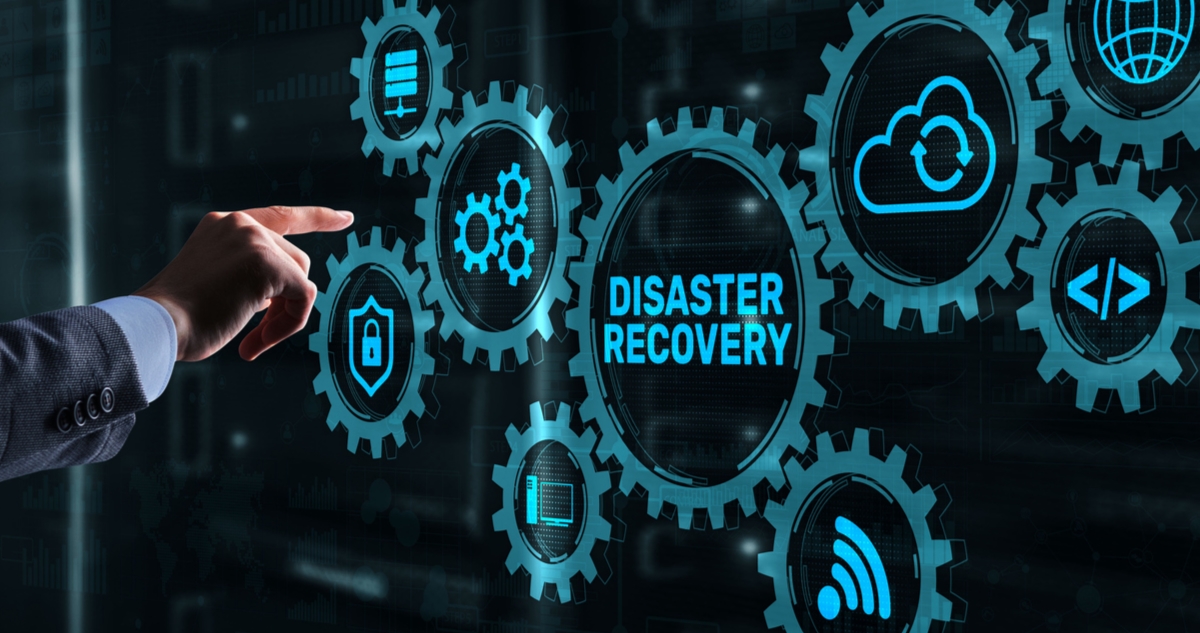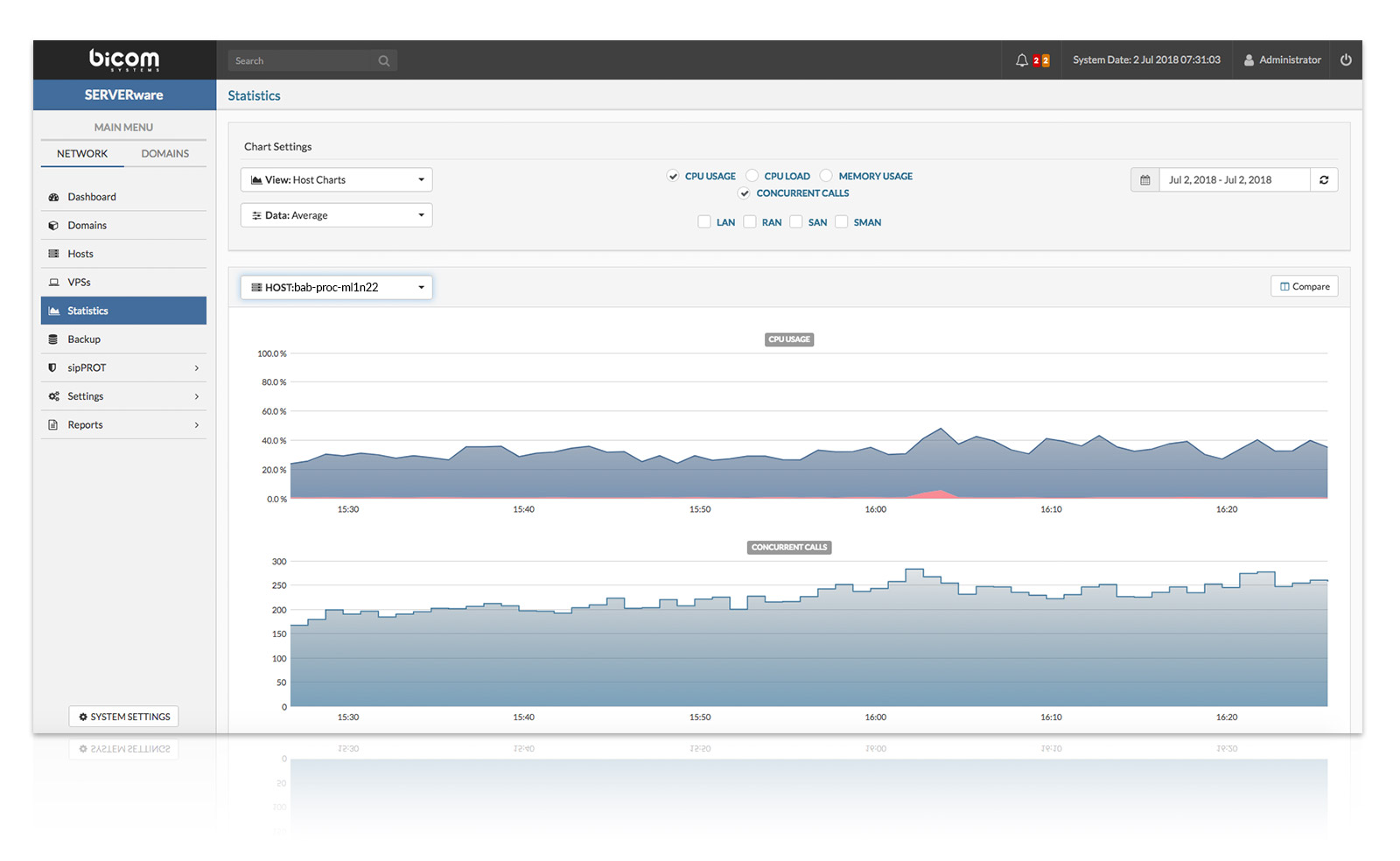A smart solution must support services, data, and applications that demand high availability. One such solution, called Geo-Redundancy, secures data and services and provides business continuity. This article aims to explain what geographic redundancy is, why it is necessary, and how Bicom Systems provides peace of mind to many organizations.
What is Geo-Redundancy and why is it important?
As the name indicates, Geo-Redundancy is a method of distributing critical data and services across multiple geographical locations to ensure their high availability. And the reason why you want to distribute them lies in the possible cause of sudden service outages, such as natural disasters or any other form of electrical power, network, or equipment failure.
There have been several natural catastrophes that have impacted the United States and the rest of the globe in recent years. It is no longer sufficient to have a server or data center in just one location. Even large companies (like Microsoft, Sony, and Amazon) have faced disasters in their data centers, affecting many users.
Fires, earthquakes, floods, and hacker attacks can lead to millions of users being left without a particular service. Companies worldwide are therefore investing a lot in disaster recovery solutions because they want to ensure their business continuity and thus avoid any financial losses.
Geo-Redundancy vs. Backup
Backup and Geo-Redundancy are often mentioned together. Both have advantages and disadvantages, but it is important to emphasize that these are two different things.
Backup involves copying files to additional storage space for storage or archiving in case the original is lost. It is often used for everything from servers to desktop PCs. A backup is generally a data snapshot taken in a predefined period of time. It’s also worth mentioning that there’s not much of a difference between local and remote backups.
On the other hand, Geo-Redundancy is an act of replicating critical applications and services between multiple geographically distant locations. It is measured in Recovery Time Objective (RTO) and Recovery Point Objective (RPO).
Geo-Redundancy aims to provide disaster recovery solutions that will serve to return failed services as quickly and painlessly as possible. Geo-Redundancy, therefore, ensures the high availability of services in the event of a disaster.
The key differences between Backup and Geo-Redundancy
| BACKUP | GEO-REDUNDANCY | |
| Recovery Time Objective (RTO) | Hours/Days | Minutes |
| Recovery Point Objective (RPO) | 1 day | 2-10 minutes |
As you can see above, the backup function takes longer than a few minutes to restore. Restoring a VPS backup from a backup server might take hours, especially when the VPS capacity is hundreds of gigabytes, which is not uncommon. Finally, even after the VPS is restored, there is a one-day data loss.
On the other hand, we have a Geo-Redundancy feature that beats Backup by allowing you to take control of a VPS in a matter of minutes. The total time required to make a service available is determined by DNS and how rapidly IP changes are propagated. In terms of RTO and RPO, it is clear that any type of backup cannot compete with the Geo-Replication capability.
Geo-Redundancy as a Disaster Recovery Solution in SERVERware
Finding a UCaaS supplier that provides geo-redundant assistance is wise for providers looking to gain customer confidence. Bicom Systems is a company that takes care of its clients, and this has been proven countless times. We verified our trustworthiness with the Geo-redundancy feature presented in the SERVERware 4.1 release.

How does SERVERware ensure high availability of services?
Simply put, the Geo-Redundancy feature is based on data redundancy. It keeps the data generated by services stored on two or more servers on different geographical sites. This is achieved by replication, which means sending a copy of each piece of data to a remote location.
It is important to note that the Geo-Redundancy feature is not a real-time feature. If the primary server suffers an outage, it can take up to several minutes for a remote server to take over. Keeping high availability of services is instead a scheduled synchronization rather than a simultaneous replication of data.
The minimum replication period that a user can set in SERVERware is 1 minute, and the maximum is 24 hours.
Monitoring and Takeover Automatization
In case of a disaster on one location, services can be restored on computational resources of the second site in just a few clicks if all storage data of VPSs is available. SERVERware also has a user-friendly GUI that allows you to set up all of these operations hassle-free.
In SERVERware 4, it is possible to configure multiple recovery points. The older one will be used if the most recent recovery cycle is corrupted. Users can configure which VPSs and domains in SERVERware will be replicated per configured geo-location.
Each piece of data sent is checked and the integrity of each increment is achieved by OpenZFS as a storage engine, which uses the Fletcher4 integrity checksum.
Monitoring tests may also be configured. If any of them fail, the system will notify the administrator or execute a pre-defined takeover template. This allows for the automated takeover of services if one of the sites becomes unavailable.

Which SERVERware Edition supports the Geo-Redundancy Feature?
GR feature is available in all three editions of SERVERware: Standalone, Mirror, or Cluster edition. In addition, SERVERware provides a comprehensive graphical user interface that enables operations to be performed in just a few clicks.
Is PBXware geo-redundant?
A question from current partners and leads is whether geo-redundancy is available in PBXware. In short, the answer is yes! One of the primary functions of SERVERware is to host PBXware.
Top Advantages of Geo-Redundancy
Business continuity is a top priority in today’s online-obsessed economy. Geo-redundancy offers a safety net for your data and services, plus a handful of other perks. Here are a few of the most notable ones:
- Keep all data up-to-date – The Geo-Redundancy feature synchronizes data between different geographical locations and allows you to keep all data up-to-date.
- High Availability of VoIP Services – Continue running your business with as little downtime as possible while still maintaining full data integrity.
- Disaster Recovery Plan – The SERVERware System Monitoring module actively searches for errors and reports them back to the administrator via notifications and alarms. With GR, you can set up an automated takeover procedure to execute if your primary site fails.
- Business Continuity – GR feature enables companies to take over services on a remote site with minimal data shift, depending on how frequently data replication occurs between sites. For example, Geo-Redundancy can be scheduled to synchronize changes every 1 minute, 3 minutes, 5 minutes, etc.
- Affordability and Scalability – Geo-Redundancy allows for greater flexibility in infrastructure needs and saves customer expenses while still providing a computer platform tool to achieve a high degree of availability.
Conclusion
Geo-Redundancy for VoIP is one of the best ways to protect your phone cloud system. We offer VoIP providers a safety net for their data and services. With SERVERware’s Geo-Redundancy, monitoring module, and other features, you can ensure the high availability of services.
We also offer several POPs worldwide (Chicago, Cork, London, and Hayes) and advanced in-house SIP threat detection, monitoring, and protection solution.
At Bicom Systems, we offer our partners a complete Unified Communications suite, available in the non-labeled option, which means you can brand it with your company’s logo and colors.
It’s never late to elevate your business. Feel free to contact us now.

